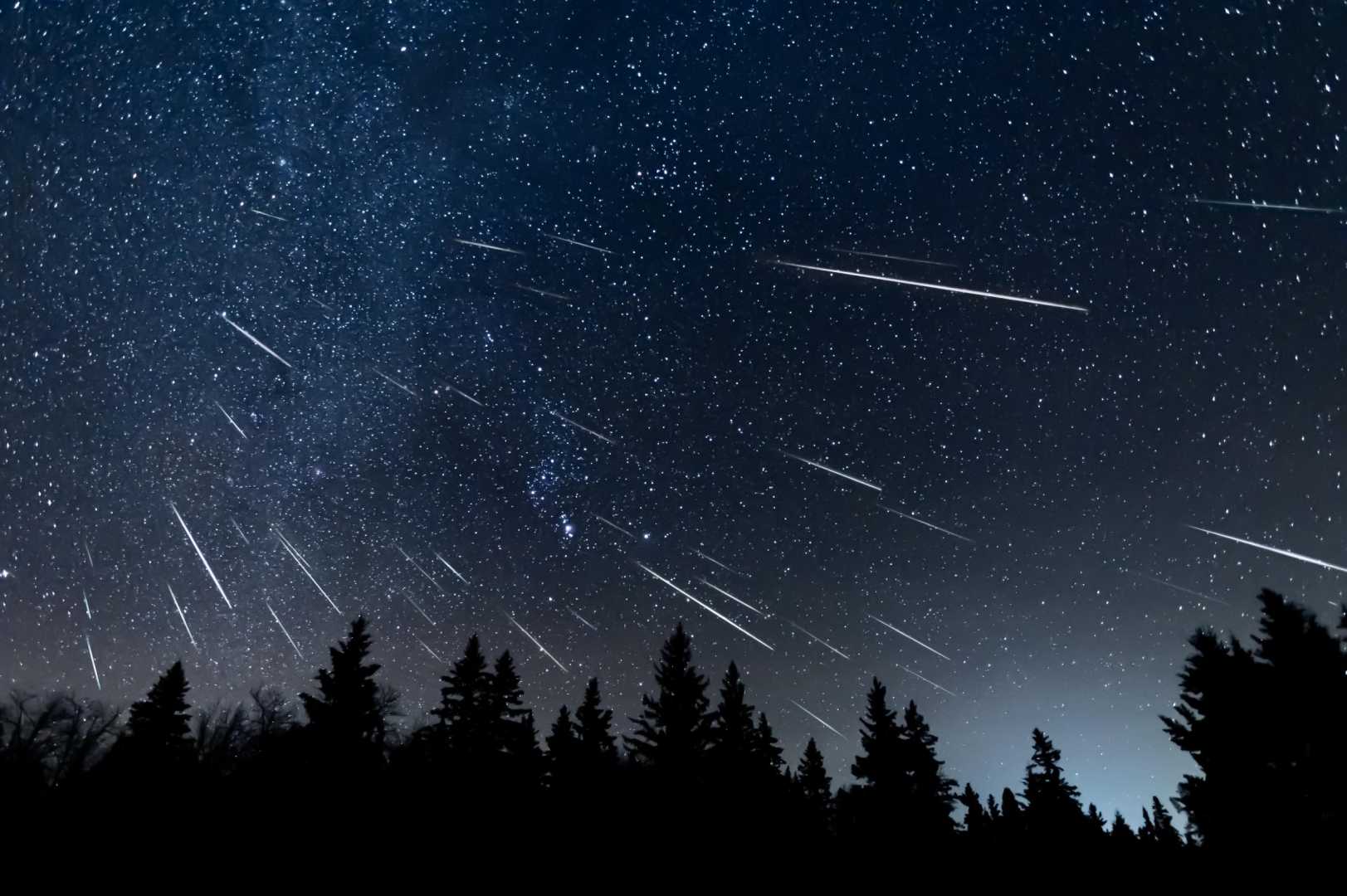News
Draconid Meteor Shower Set for Peak Viewing Amid Potentially Cloudy Skies

The annual Draconid meteor shower is forecasted to be visible in the northern hemisphere, peaking on the evening of October 8, 2023. According to weather presenter Elizabeth Rizzini, the celestial event can be observed until October 10. The Draconid meteors stem from the debris trail of Comet 21P/Giacobini-Zinner, with the radiant located in the constellation Draco, from which the shower derives its name.
Meteor showers such as this occur when Earth intersects the debris field left by a comet or asteroid. The fragments—composed largely of rock or ice—enter the Earth’s atmosphere, igniting due to friction and creating visible streaks of light across the night sky. This phenomenon is often colloquially referred to as ‘shooting stars.’
The quality of any meteor shower display is typically assessed by its zenithal hourly rate, which indicates the number of meteors observable in an hour. For the Draconids, this rate fluctuates annually. In 2024, the meteor shower might produce a modest showing with a rate of approximately five meteors per hour.
Despite the expected lower activity, skies could facilitate viewing due to reasonably dark conditions courtesy of a first-quarter moon setting earlier in the evening. However, potential cloud cover remains the primary concern for stargazers. Weather systems currently affecting the region include low pressure moving southwards from west of Ireland, which may bring showers and prolonged rain, particularly on the night of the peak.
Nonetheless, there are predictions of clearer intervals, specifically across parts of south-west England, south Wales, and possibly north-west Scotland. In contrast, Wednesday evening may present more favorable weather conditions for viewing, with the likelihood of widespread clear spells following sunset especially in the far south of the UK and improving conditions across north-west Scotland.
For optimal observation of the Draconids, individuals should seek out dark locations distanced from urban light pollution. Allowing approximately 15 minutes for eyes to acclimate to the dark is recommended. Binoculars and telescopes are unnecessary for this natural spectacle as it is visible to the unaided eye.
Interested observers who might miss this event won’t have long to wait, as the Orionid meteor shower is expected to appear on October 21 and 22. It remains to be seen whether the weather will cooperate for this subsequent celestial event.












